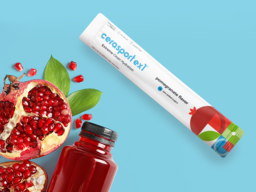My mum had very low sodium, she is post kidney transplant. We were looking at something like this without potassium and I am so happy we found a solution. This product really helps a lot. Thank you 🙏
Would have given five stars , but hard to dissolve !
Ceralyte 50 Potassium-Free | (10g Stick) Hydration Powder



